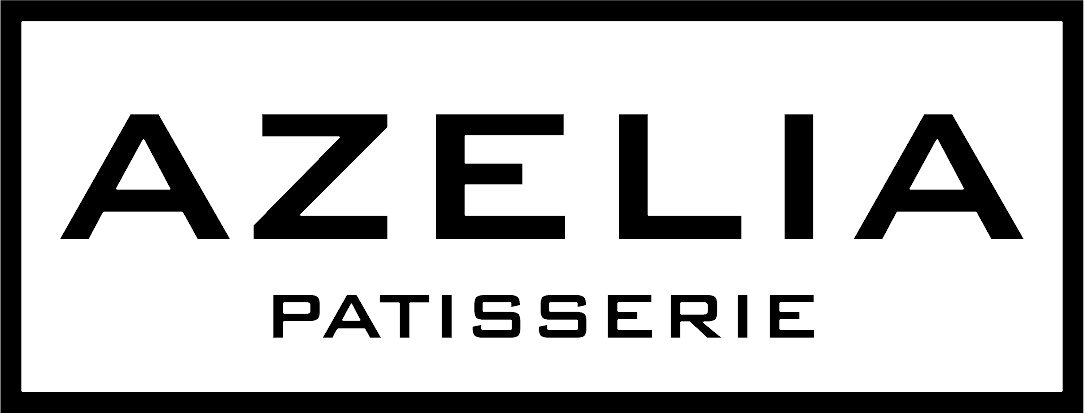To achieve your organization’s objectives it is essential to have a clear understanding of the assets in your organization and how they interact. Strategic asset management is a process that allows transparent, consistent and repeatable decision-making by analyzing the benefits, costs, and risks of physical assets throughout their life-cycle. Find functional dependencies that can be prioritized for maintenance that is scheduled and preventive, and reduce the amount of unplanned downtime. Maximize value by determining an optimal blend of performance, cost and risk across your entire infrastructure portfolio.
The strategic asset management process is a complete and elaborate set of documents processes and digital tools that align physical infrastructure investments with the overarching strategic goals of the organization. It begins with a thorough, top-down evaluation of long-term infrastructure investment options. This involves balancing capital expenditures and operational expenses from a TOTEX standpoint using asset condition data and taking current service levels and local needs into account.
The process can also be used to inform staffing, resource planning, and plan for replacement or upgrade using the correct data. It can be used to reduce the time spent on work orders, reduce downtime and increase the efficiency of your operation team.
The method can also be used to create a plan that maximizes asset utilization in order to achieve sustainability goals. This can be achieved by implementing strategies such as load balancing and asset sharing. It could also mean making changes to existing or revising contracts with contractors or suppliers to improve energy and environmental performance.

